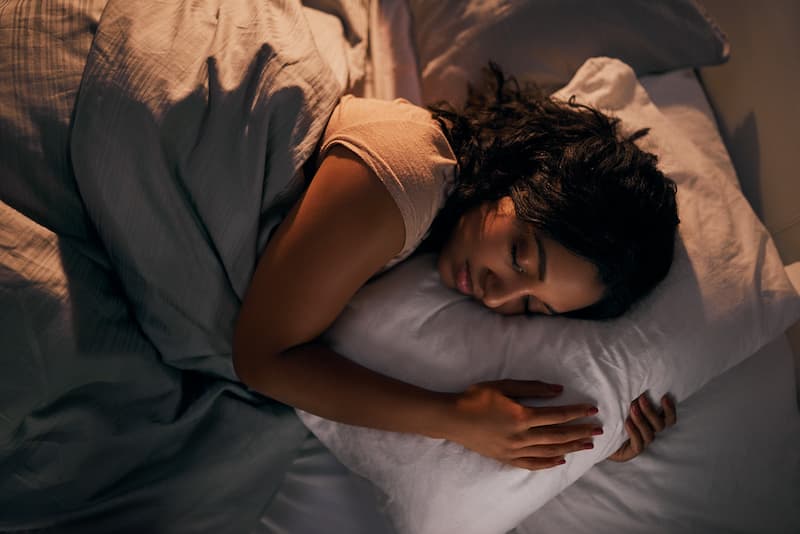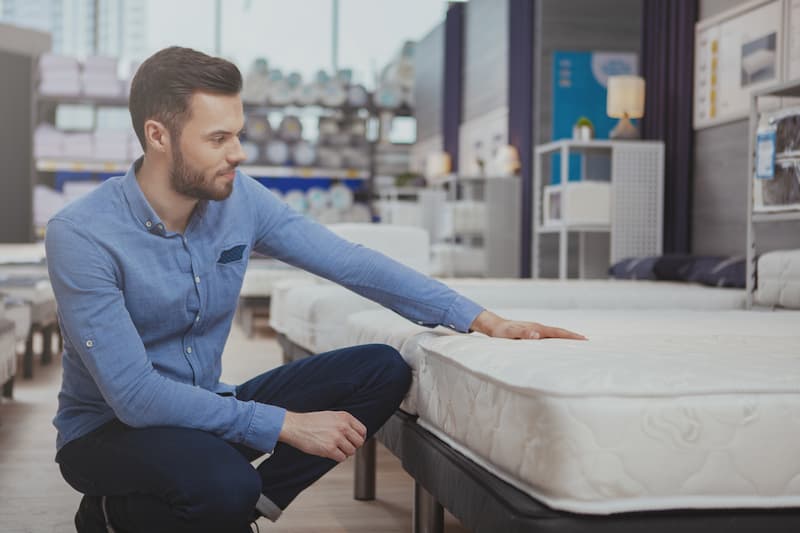 OUR LOCATIONSCall to book (212) 604-1300
OUR LOCATIONSCall to book (212) 604-1300
 OUR LOCATIONSCall to book (212) 604-1300
OUR LOCATIONSCall to book (212) 604-1300

Researchers have long seen a link between sleeping problems and lower back pain. Being in pain makes it harder to fall asleep, let alone a really good, deep sleep. Lower back pain can rouse you from sleep everytime the pain surges. At the same time, those who have problems sleeping are more prone to having pain or have their current pain get worse.
So how can you adjust your sleeping position in order to get the best night’s sleep possible? Knowing the best sleep positions is one of the steps one can work on to prevent or eliminate lower back pain. Remember that sleep-deprived people have compromised immune systems, which can impair healing.
The effect of sleeping position on spinal alignment is another link between sleep and lower back pain. Posture is usually associated with standing and sitting, but it’s equally important when a person is lying down. When you assume a sleeping position in which you twist or contort puts pressure on your lumbar spine, which results not just in back pain and stiffness, but also shoulder pain and neck pain as well. You will feel the obvious effect when you wake up the next day, but it can stay throughout the day.
The best sleeping position for lower back pain is on your side, with your knees partially bent. This sleep position of the knees helps balance your body and lessen the pressure on your lumbar spine. You can make this position even better by putting a small pillow between your knees, which encourages proper alignment and sleep posture, making sleep even more comfortable.
But those who have gotten used to sleep on their back and stomach may have a hard time changing their default slumber position. You need to try different things to see what works for you best. Still, if you’re one of these people, there are things you can do to reduce the strain and chronic pain on your lower back.
An adjustable bed can work for some people with back pain, as this makes it easier to raise the upper or lower part of the mattress, which will help decrease the tension in their lower backs.
Sleeping well seems like a difficult task when your lower back is giving you issues, but it’s an effort worth doing since quality sleep is instrumental in lower back pain recovery. Here are some practical tips for getting better sleep.

A mattress definitely plays an important role in improving the quality of your sleep by preventing or reducing lower back pain. You need a mattress or memory foam in good condition and doesn’t sag so much in order to maintain proper spinal alignment while you sleep.
According to research, medium-first mattresses are the best option to prevent lower back pain. However, the best mattress for you should also include other deciding factors, such as your sleeping position, weight, body shape, and your individual comfort preferences. There is a reason why people sleep wonderfully in hotel beds, since the quality of the firm mattress, especially in expensive hotels, is top-notch.
You should also check your present mattress for wear and tear. According to the Better Sleep Council, you should evaluate your mattress every five to seven years, taking into consideration optimal comfort and support. According to a study in the Journal of Applied Ergonomics, nearly 63% of their respondents found their lower spine back pains significantly improved after they switch to a newer sleep system.
This naturally makes buying a mattress a serious business for those looking for better sleep. When you see a mattress in a store, lie down in your favorite sleeping position (take your shoes off, of course) and spend a few relaxing minutes on it. A good mattress is one that supports your spine in a good standing posture.
But what if buying a new mattress is not in your budget at the moment? Temporary solutions include putting your mattress on the floor or adding plywood supports between the base of the bed and the mattress.
Remember not to jerk yourself up from a lying position when getting in and out of bed. Get in your bed safely by sitting on the side of the bed first and then support your body with your hands, bend your knees, and lie down gently on your side. To get out of bed, roll into your side and bend both of your knees. Afterwards, push yourself off the bed with your hands as you swing your legs over the side of the bed. Try not to bend forward at the waist since this can strain your back.
A spine specialist is your best friend when it comes to solving back pain and long-term pain relief. In tandem with your primary care doctor (who can help check if your problem is indeed posture-related), they can find out exactly what’s wrong with your body and how you can adjust things to help you achieve better sleep.
Sometimes your sleeping problem is caused by other factors, such as sleep apnea, stress, and depression. In this case, you definitely need more than melatonin to improve your sleep quality.
Speaking of specialists, there’s no better facility to handle your pain and sleep issues than New York Pain Care. Aside from spine alignment, the clinic also offers other excellent services including physical therapy, chiropractic care, sports medicine, and medical massage. We handle all sorts of pain, such as isthmic spondylolisthesis, herniated disc, sciatica, spinal stenosis, and even degenerative disc disease.
You can rest easy knowing that you will be handled by top-rated back pain doctors and get to use the best technology for your treatments. Call now to book your appointment and work towards getting restful sleep and a pain-free life.
Learn more: How to Choose the Best Mattress for Lower Back Pain






